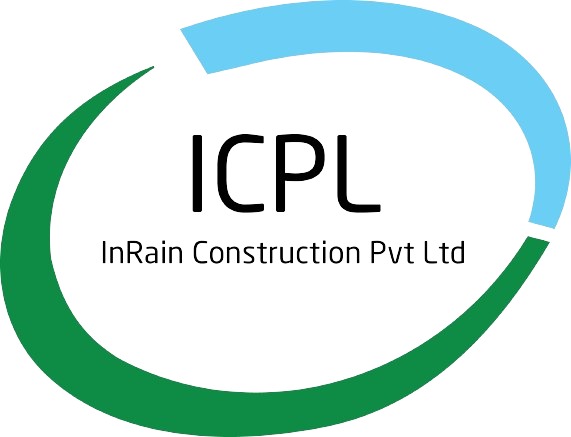

Mr Nishant Gauarav
mail@inrainconstruction.com
9910220794
Delhi Delhi - 110074
Industries consume vast amounts of water daily for processes, cooling, cleaning, and other operations. With increasing water scarcity, implementing a rainwater harvesting system can help industries reduce dependency on municipal or groundwater sources while promoting sustainability.
How Rainwater Harvesting Works in Industries
A well-designed RWH system for industries involves:
Catchment Area – Large industrial rooftops, paved areas, or open land can serve as catchment surfaces to collect rainwater.
Gutters & Downpipes – Channels direct rainwater from rooftops to storage tanks or filtration systems.
First Flush System – Diverts the initial dirty rainwater to ensure only clean water enters storage.
Filtration Unit – Sand, charcoal, or mesh filters remove debris and contaminants.
Storage Tanks – Large underground or overhead tanks store filtered water for industrial use.
Distribution System – Pumps and pipelines supply harvested water for cooling, cleaning, or landscaping.
Benefits for Industries
Cost Savings – Reduces water bills and reliance on external water sources.
Sustainable Water Management – Lowers groundwater depletion and supports eco-friendly practices.
Compliance & CSR – Helps meet environmental regulations and enhances corporate social responsibility (CSR) initiatives.
Disaster Resilience – Provides an alternative water source during shortages or droughts.
Applications in Industries
Cooling Towers – Non-potable harvested water can be used in cooling systems.
Floor & Equipment Cleaning – Reduces freshwater usage for maintenance.
Landscaping & Toilet Flushing – Ideal for non-drinking purposes.
Conclusion
Rainwater harvesting is a cost-effective and sustainable solution for industries to conserve water. By integrating RWH systems, industries can reduce operational costs, comply with environmental norms, and contribute to water security.